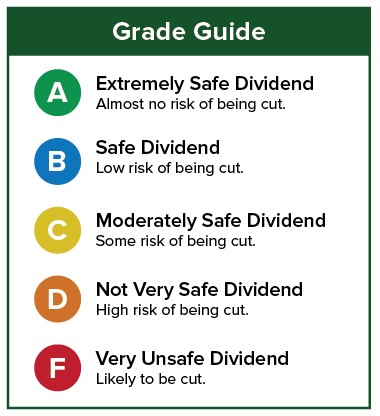SafetyNet Pro automatically analyzes the dividend safety of more than 800 stocks, including two dividend investor favorites: master limited partnerships and real estate investment trusts.
One area that is not yet rated by the system is business development companies.
[ad#Google Adsense 336×280-IA]We are working to include BDCs in SafetyNet Pro, but for now I have to rate them by hand…
PennantPark Investment Corp. (Nasdaq: PNNT) is a New York-based company that lends money to middle market businesses, which are firms generally considered to have between $50 million and $1 billion in revenue.
PennantPark is attractive to investors because of its nearly 17% annual yield and history of no dividend cuts.
In fact, it has raised its dividend six times since 2007, though the dividend has remained at $0.28 quarterly since 2011.
PennantPark currently has loans out to 62 companies in a diversified mix of industries – though 5% of its portfolio is in oil and gas, and another 5% is in energy and utilities. The largest portion of its portfolio, at 14%, is in the lodging and gaming industry. The total portfolio is worth more than $1.2 billion and the average loan is $20.4 million.
The portfolio, which yields 12.2% for the company, includes…
- A $14.8 million loan to New Gulf Resources, a Tulsa, Oklahoma, energy company that filed for bankruptcy. As of December 31, PennantPark listed the loan as being worth only $304,086.
- A $23 million first lien secured loan to Corfin Industries at an interest rate of 10.75%. Corfin is a Salem, New Hampshire, aerospace and defense contractor.
- A 10% $8.7 million first lien secured loan to US Med, a Miami, Florida, medical supply company.
So how can the stock yield 16.9% if the loans on the company’s books yield only 12.2%?
PennantPark’s stock trades below its net asset value of $9.02 (as of December 31).
In fiscal 2015, which ended September 30, PennantPark generated $82.5 million in net investment income, which is the best metric to measure whether a BDC’s dividend is sustainable. During that period, it paid out $83.3 million in dividends, for a payout ratio above 100%.
BDCs often pay shareholders dividends that equal most or all of their net investment income. In 2015, PennantPark paid slightly more. For a year or two, that’s not too big of a deal, but you certainly want to see the company generating more net investment income than it pays in dividends, so it bears watching.
In the fiscal first quarter of 2016, which ended December 31, net investment income did not cover the dividend for PennantPark. Net investment income was $16.8 million, or $0.25 per share, while the company paid investors $0.28 per share in dividends.
As a result of the shortfall, its net investment income is expected to total only $1.09 per share in fiscal 2016, despite the $1.12 annual dividend.
Net investment income already took a hit because of the company’s energy investments. During the most recent earnings call, management said that if all of the company’s energy investments stopped paying their loans, net investment income would decline about $0.05 per share per quarter.
Due to the poor performance of the energy portion of the portfolio, management and incentive fees to the parent company were waived, totaling about $0.02 per quarter.
The company is also buying back shares, which will make the outflow in dividends decrease.
 PennantPark has an excellent dividend-paying history and has consistently grown net investment income over the years…
PennantPark has an excellent dividend-paying history and has consistently grown net investment income over the years…
But because of the meaningful percentage of its portfolio invested in the struggling energy sector, I can’t consider the dividend rock solid.
I don’t necessarily expect a dividend cut in the next few quarters, but if things don’t improve in the energy sector, I won’t be shocked if management has to reduce the dividend late this year or in 2017.
Dividend Safety Rating: C
Good investing,
Marc
[ad#wyatt-income]
Source: Wealthy Retirement
